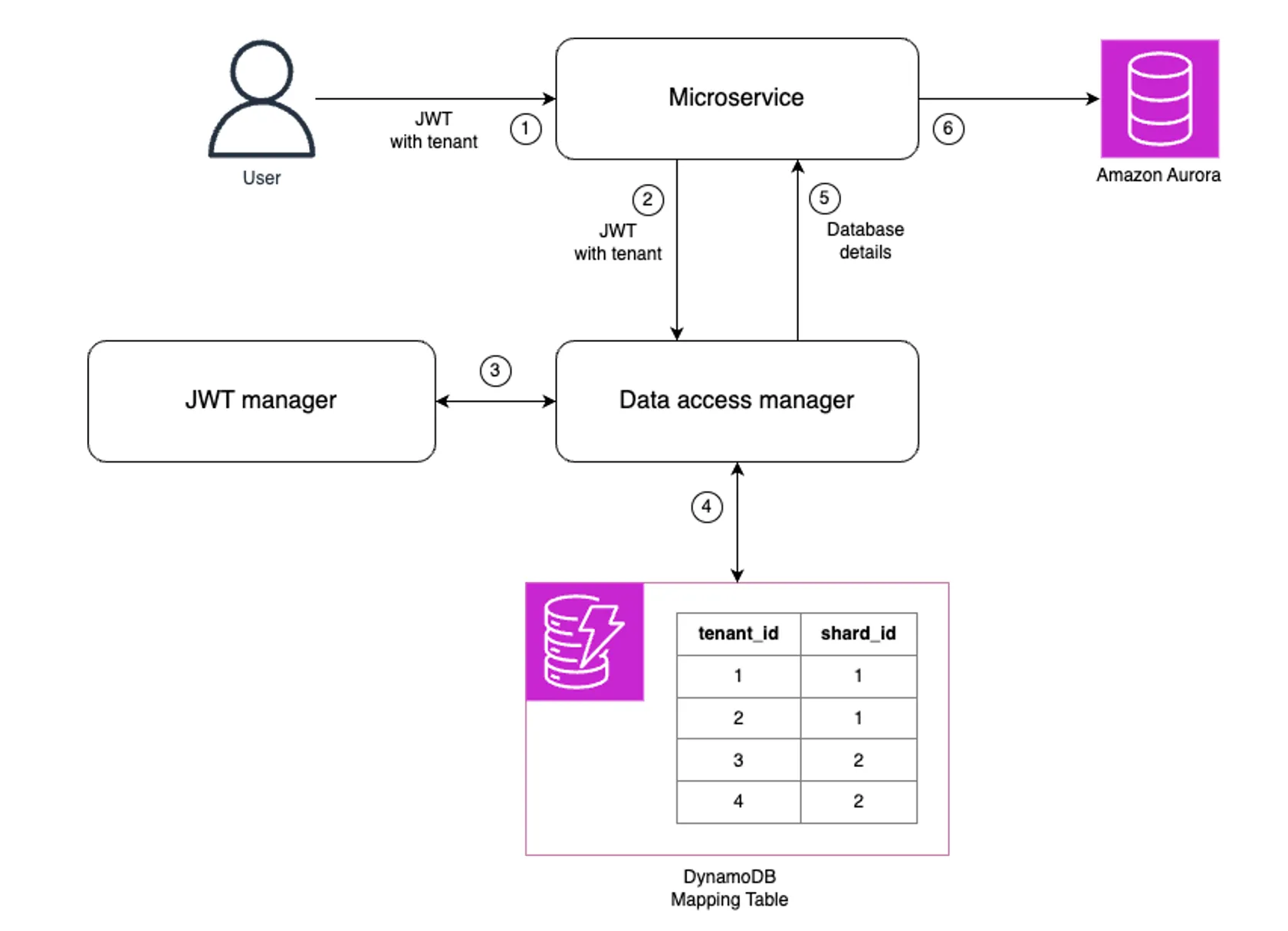PostgreSQL for SaaS on AWS
A collection of best practices for running PostgreSQL workloads for SaaS applications on AWS
Josh
Amazon Employee
Published May 24, 2024
Continue to What's new in Data for SaaS? August 2024
PostgreSQL is one of the most popular database engine choices for managing relational workloads. Its robustness, performance, and feature-rich capabilities make it a go-to solution for many businesses, particularly those operating in the Software-as-a-Service (SaaS) space. When deploying and managing PostgreSQL workloads on AWS, there are a few considerations and best practices to keep in mind. This article collects a few AWS blog posts to help you navigate some of these key decisions.

One critical aspect of running a successful SaaS application is choosing the right data partitioning strategy and isolation controls for your database. As highlighted in the blog post "Choose the Right PostgreSQL Data Access Pattern for Your SaaS Application," different data access patterns have a significant impact on performance, scalability, and overall application behavior. By understanding the trade-offs between pool, bridge and silo partitioning, you can make a decision that aligns with your application's requirements.

Scaling your relational database is another important consideration, especially in the context of SaaS applications where user growth and data volumes can fluctuate rapidly. The two-part blog series "Scale Your Relational Database for SaaS" provides insights into common scaling patterns and strategies. Part 1 explores vertical scaling, read replicas, and sharding as potential solutions, while Part 2 dives deeper into sharding and routing techniques for SaaS applications.

One of the biggest scaling challenges with PostgreSQL databases is connection management. The blog post "Enforce Row-Level Security with the RDS Data API" introduces the RDS Data API as an alternative to traditional connection management approaches. When paired with Row-Level Security (RLS), you can define fine-grained access policies that restrict data access at the row level, ensuring that each tenant can only access their own data, without having to manage complex connection pooling configurations.
By combining the tips in these blog posts, you can build a strategy to effectively run PostgreSQL workloads for SaaS applications on AWS. From choosing the right data access pattern to implementing scalable architectures and robust security measures, these resources provide a foundation for building high-performance, secure, and scalable SaaS solutions.
Remember, the journey to success with PostgreSQL is not a one-size-fits-all approach. Each application has its unique requirements, and you must carefully evaluate your own specific needs, workload characteristics, and growth projections. By leveraging the above techniques, you can navigate this journey with confidence, ensuring that your SaaS application delivers exceptional performance, scalability, and security to your customers.
Continue to What's new in Data for SaaS? August 2024
Any opinions in this post are those of the individual author and may not reflect the opinions of AWS.
